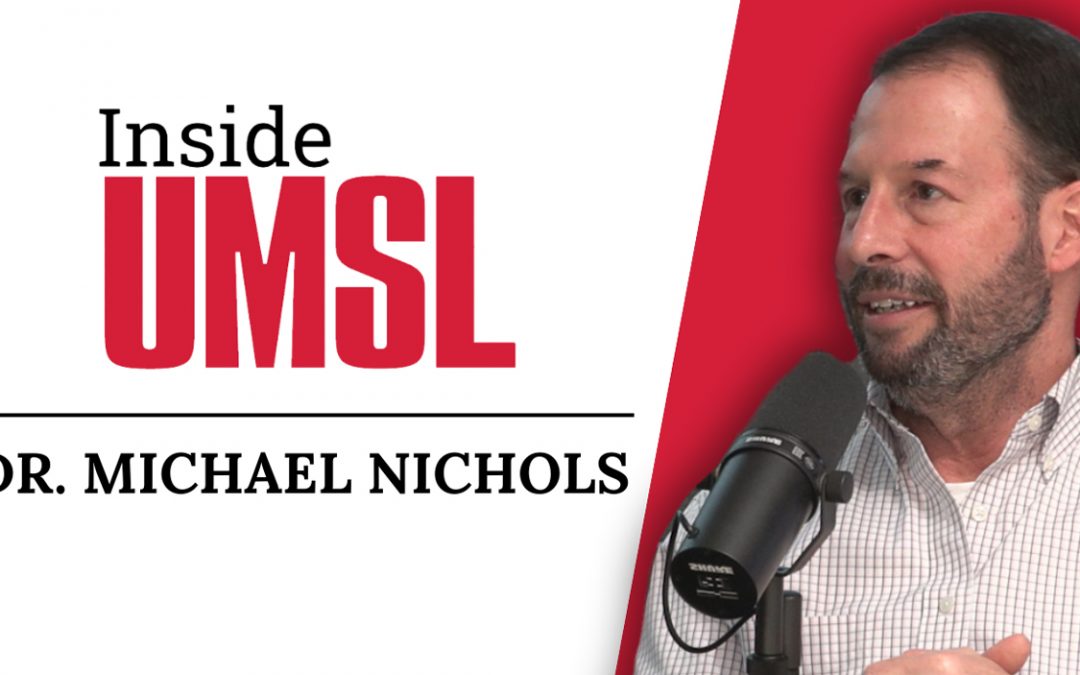
Deborah Cohen, associate professor of history at UMSL, wrote the book "Braceros: Migrant Citizens and Transitional Subjects in the Postwar United States and Mexico."
Millions of Mexicans migrated north to the United States over more than two decades beginning in 1942. And they did so at the invitation of the United States. University of Missouri–St. Louis historian Deborah Cohen’s research sheds new light on the U.S.-Mexico bracero program that brought these Mexican men to work temporarily in U.S. agricultural fields.
The braceros are the subject of Cohen’s debut book “Braceros: Migrant Citizens and Transnational Subjects in the Postwar United States and Mexico.” They’re also the focus of “Bittersweet Harvest: The Bracero Program, 1942-1964,” a traveling Smithsonian exhibit on display through Sunday (July 31) in the Missouri History Museum at Lindell Boulevard and DeBaliviere Avenue in St. Louis.
UMSL News recently talked with Cohen, associate professor of history at UMSL, about conversations in Mexican barbershops, the U.S. need for farmhands during World War II and a Mexican miracle.
How did you become interested in the braceros?
I had been involved with support for migrants when I was in Chicago (Cohen received a doctorate in history from the University of Chicago). Originally I was going to write on contemporary migration. But when I went to Mexico, I figured if I were going to interview people, I might as well start with the old guys first. And I was captivated by their stories. Besides, the ‘40s through the ‘60s is a compelling period. There was very little work done on it.
Where did you go in Mexico?
I went pretty much all over, but this book is focused on the state of Durango, which is in the central north. The only work anyone does on Durango is on the Mexican Revolution, and that wasn’t what I wanted to work on.
What process did you use to capture the braceros’ story?
A lot of it was based on oral histories with former braceros. I worked with two communities. In one, I went each time to a barbershop that functioned as a central meeting place for the town’s elders. The men would sit around and talk. The barber would cut a customer’s hair and tell me of his experience as a bracero. That was very conversational. In another community, I met with my subjects in their home—these were more structured oral histories of their time as braceros.
How were the braceros received when they first came to the United States?
This was a regulated program. It was based on a series of agreements between the United States and Mexico, the first of which was signed in early 1942. Initially these men came during World War II — large growers claimed that there was a shortage of farm laborers. (Americans) were either leaving farms for cities where the industrial jobs were less taxing and paid more or they went into the military. In a lot of places in California (braceros) were initially celebrated. I have all these stories of men, when they arrived, being trucked into large local stadiums or arenas; the mayor of the town would welcome them and say how wonderful it is that they had come to do farm labor and alleviate a potential catastrophe.
What was the Mexican economy like around that time?
In the ‘40s through the ‘60s, you had what’s called the Mexican miracle, which is the rapid expansion of the economy. Initially the Mexican government claimed that there was a need for all of these laborers and refused the agreement with the U.S. However, the U.S. economy had expanded and was expanding at a more rapid rate than was that of Mexico and Mexican citizens were beginning to migrate northward anyway. With an agreement in place, the Mexican government attempted to ensure that their citizens would be protected.
Other than the braceros, who are some of the other major players in the book?
In terms of main characters, there are several braceros who reappear throughout the book. But the other critical protagonists are California government officials, federal officials, California growers, and union activists. Before the Great Depression and the war, California had been the hotbed of agricultural organizing. The other actor involved is the Mexican government.
What other projects are you working on?
A friend and colleague I co-author with, Lessie Jo Frazier, and I were just selected as participants in a five-year-long seminar at Indiana University on the study of global change. We’re producing a book manuscript looking globally at the role of gender and sexuality in various 1968 student movements. We’re looking at Mexico, Japan, France and the U.S., among others. And I’m working by myself on a separate book project, “Excluded! Migrants, Land, and Belonging in the United States,” which again looks at farmworkers. It’s an intellectual history – in other words, it examines the ways in which other people understand migrants and what the concerns over migrants and migration is all about. It covers from the latter half of the 19th century through the 1970s.
Is there anything else you’d like to add about “Braceros”?
I would encourage people to go see the Smithsonian exhibit. It’s up through July 31 at the Missouri Historical Museum. And it gives people a little sense about the program. It’s a critical part of U.S. history that most people don’t know about. Today’s immigration can be traced back to the understanding and knowledge that (bracero) migrants had learned about the U.S.
The University of North Carolina Press published “Braceros.” It can be purchased at the Missouri History Museum, Left Bank Books in St. Louis and at online bookstores.
More information:
umsl.edu/~umslhistory/faculty/cohen.html
mohistory.org/node/5885
uncpress.unc.edu/browse/book_detail?title_id=1812














